In the linkage production line integration of film slitting machine and upstream and downstream equipment, the core goal is to achieve an efficient, stable and intelligent production process. Here are the key experience sharing, step-by-step:
1. Clarify the requirements of upstream and downstream equipment
• Upstream equipment (such as extruders, casting machines): It is necessary to ensure that the thickness, tension, speed and other parameters of the film substrate are stable and the output consistency is high.
• Downstream equipment (e.g., winders, sorting and packaging lines): It is necessary to match the size (width, diameter) and tension requirements of the slitted coil.
• Key points: Confirm the interface protocol (such as communication protocol, mechanical docking method) with the supplier.
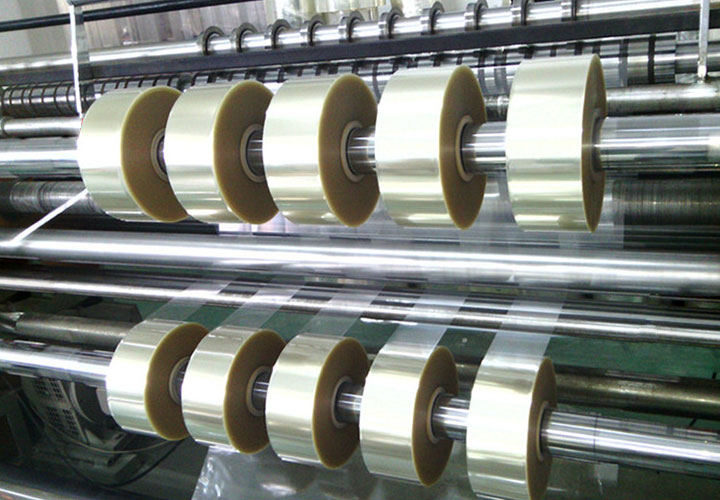
2. Standardization of communication protocols
• Common Protocols: Industrial Ethernet protocols such as Modbus TCP/IP, PROFINET, EtherCAT, etc., ensuring real-time data transmission.
• Data synchronization: The slitting machine needs to receive the line speed signal from the upstream in real time and transmit the slitting coil parameters to the downstream.
• Case: A production line uses PLC to unified scheduling to control the speed deviation between the slitting machine and the upstream extruder within ±0.5%.
3. Tension control system integration
• Multi-stage tension control: The slitting machine needs to coordinate the upstream unwinding tension and downstream winding tension, and adopt closed-loop control (such as PID + air pressure sensor).
• Solution: Add a floating roller or dancer roller to buffer tension fluctuations and avoid stretching or wrinkling of the film.
• Experience Points: Usually the tension of the slitting section is 10%~15% lower than that of the upstream unwinding tension.
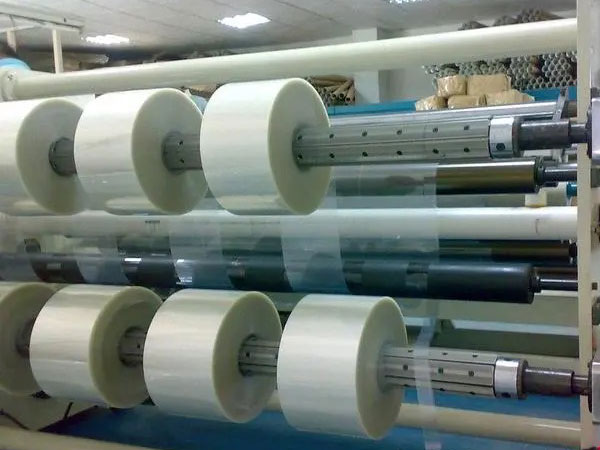
4. Mechanical docking and space layout
• Layout optimization: The spacing between the slitting machine and the upstream equipment should meet the buffer requirements of the accumulator to prevent sudden stopping and cutting off materials.
• Guiding System: Integrated Automatic Guiding Device (EPC) to ensure edge alignment as the film enters the slitting machine.
• Safety design: reserved maintenance channel, emergency stop button linkage to the whole line of equipment.
5. Intelligent function expansion
• MES system integration: The slitting machine uploads output and defect data to the central management system to achieve quality traceability.
• Dynamic slitting: According to the downstream order demand, the slitting scheme (such as width, roll diameter) can be quickly switched through the HMI.
• Preventive maintenance: Vibration sensors monitor the status of the slitting knife and warn of wear in advance.
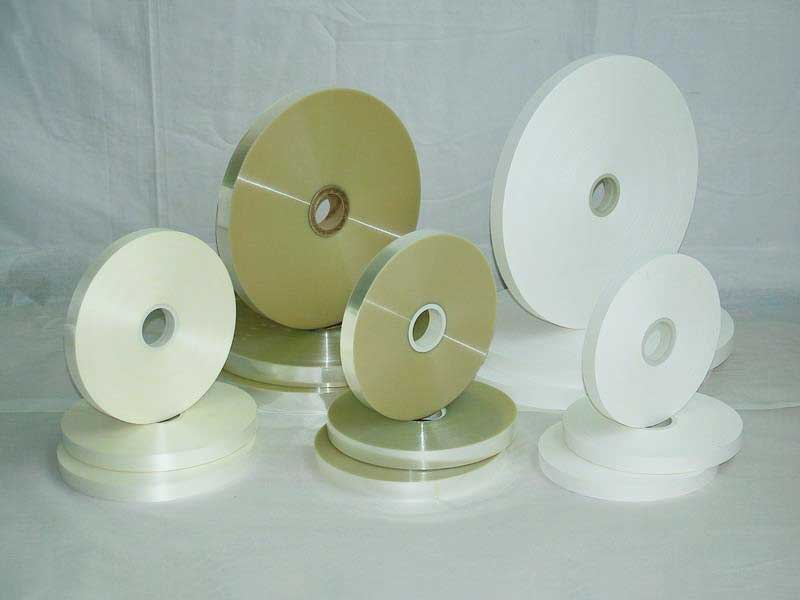
6. Debugging and troubleshooting
• Step-by-step commissioning: first test the slitting machine independently, and then gradually coordinate the upstream and downstream equipment.
•Frequently asked questions:
◦ Tension instability: Check the stability of the air pressure source or sensor calibration.
◦ Communication Latency: Optimize network topology and reduce the number of nodes.
• Log logs: save running parameters for quick troubleshooting.
7. Personnel training and documentation
• Operation training: focus on emergency treatment in the linkage mode (such as film breaking, material blocking).
• Complete documentation: Provide detailed linkage parameter tables, electrical drawings, and communication address mapping tables.
Reference to successful cases
Through the above integration scheme, a packaging film production line realizes the seamless connection of slitting machine, casting machine and automatic packaging line, increasing production capacity by 20% and reducing the scrap rate to less than 1.5%.
Through systematic design, standardized interfaces and refined debugging, the integration level of the film slitting production line can be significantly improved. It is recommended to collaborate deeply with equipment suppliers and automation teams at the beginning of the project to ensure the implementation of technical solutions.
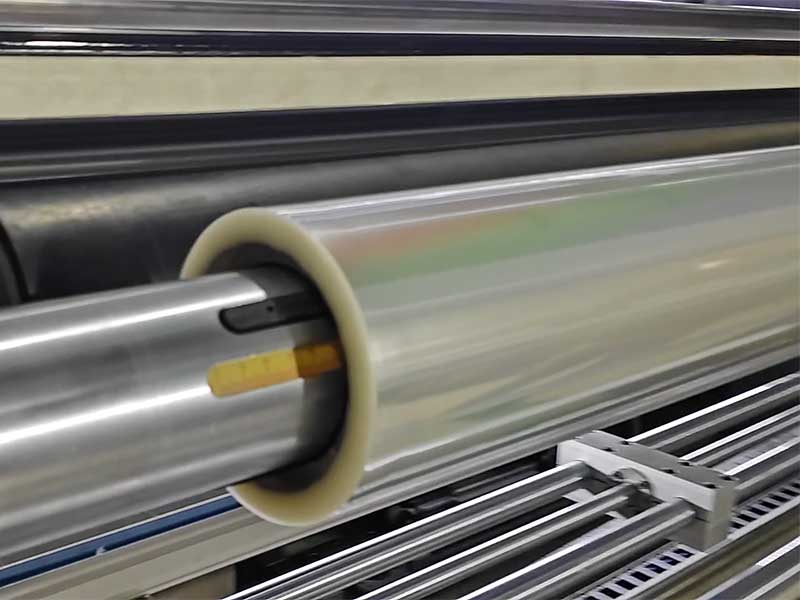
The intelligent control design of the new generation of film slitting machine represents the transformation of industrial equipment from "tool" to "partner".
20. December, 2025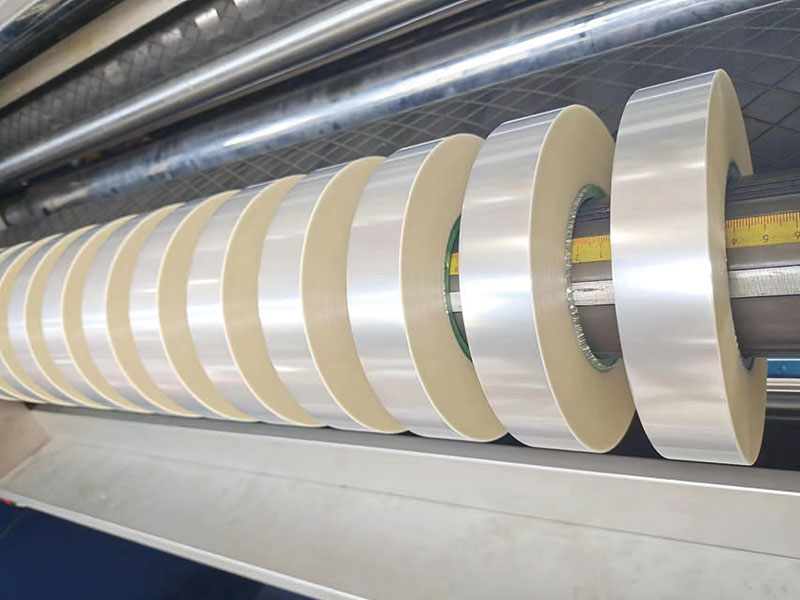
Achieving continuous 1,000 hours of trouble-free operation requires not only systematic technical upgrades, but also all-round innovation from design concept to maintenance strategy.
20. December, 2025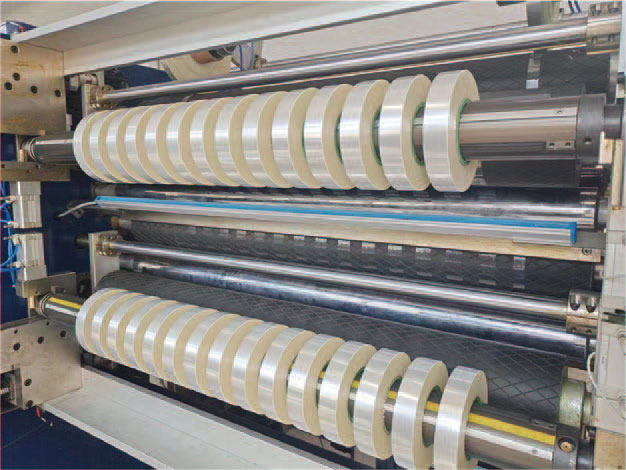
In the face of a dazzling array of models on the market, how to make informed decisions when purchasing?
20. December, 2025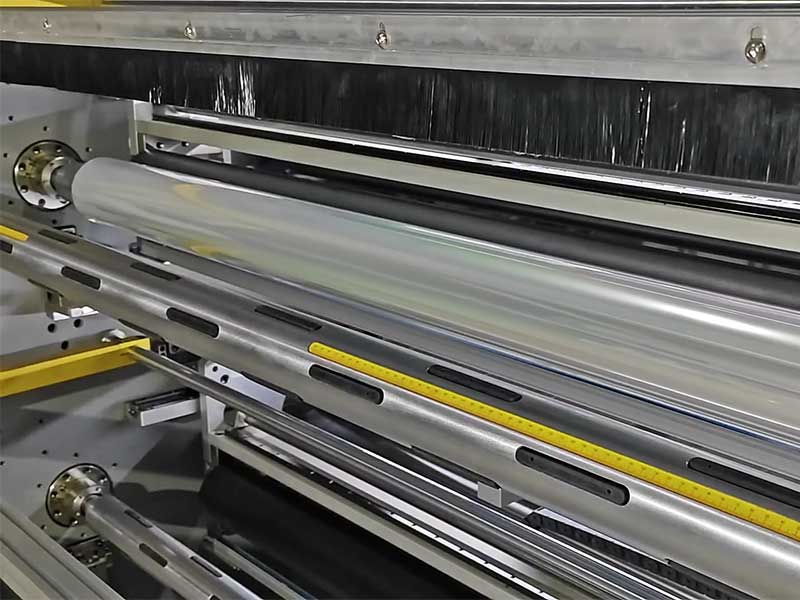
These film materials need to be precisely cut into different widths during the production process to meet the needs of various models and components.
10. December, 2025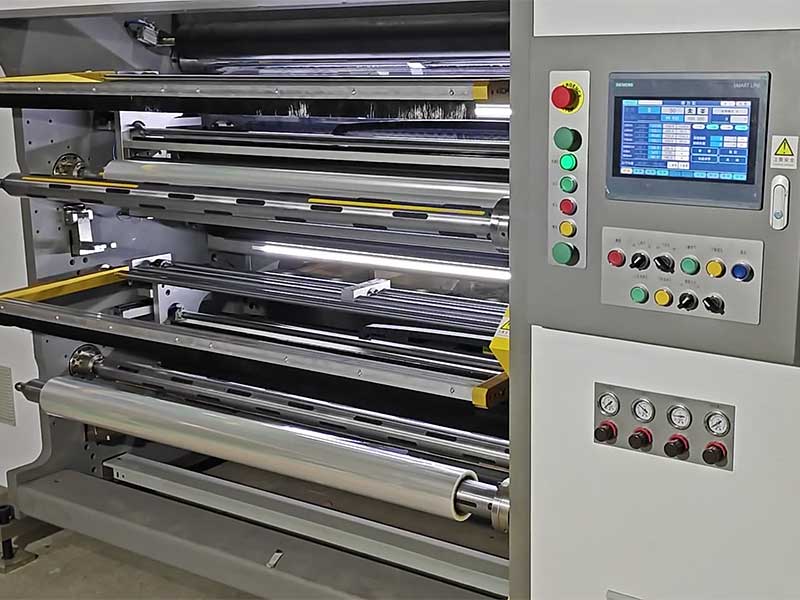
The automotive film slitting machine, an increasingly intelligent "cutting knife", is accurately cutting out redundant costs, inefficient processes and backward production methods.
10. December, 2025